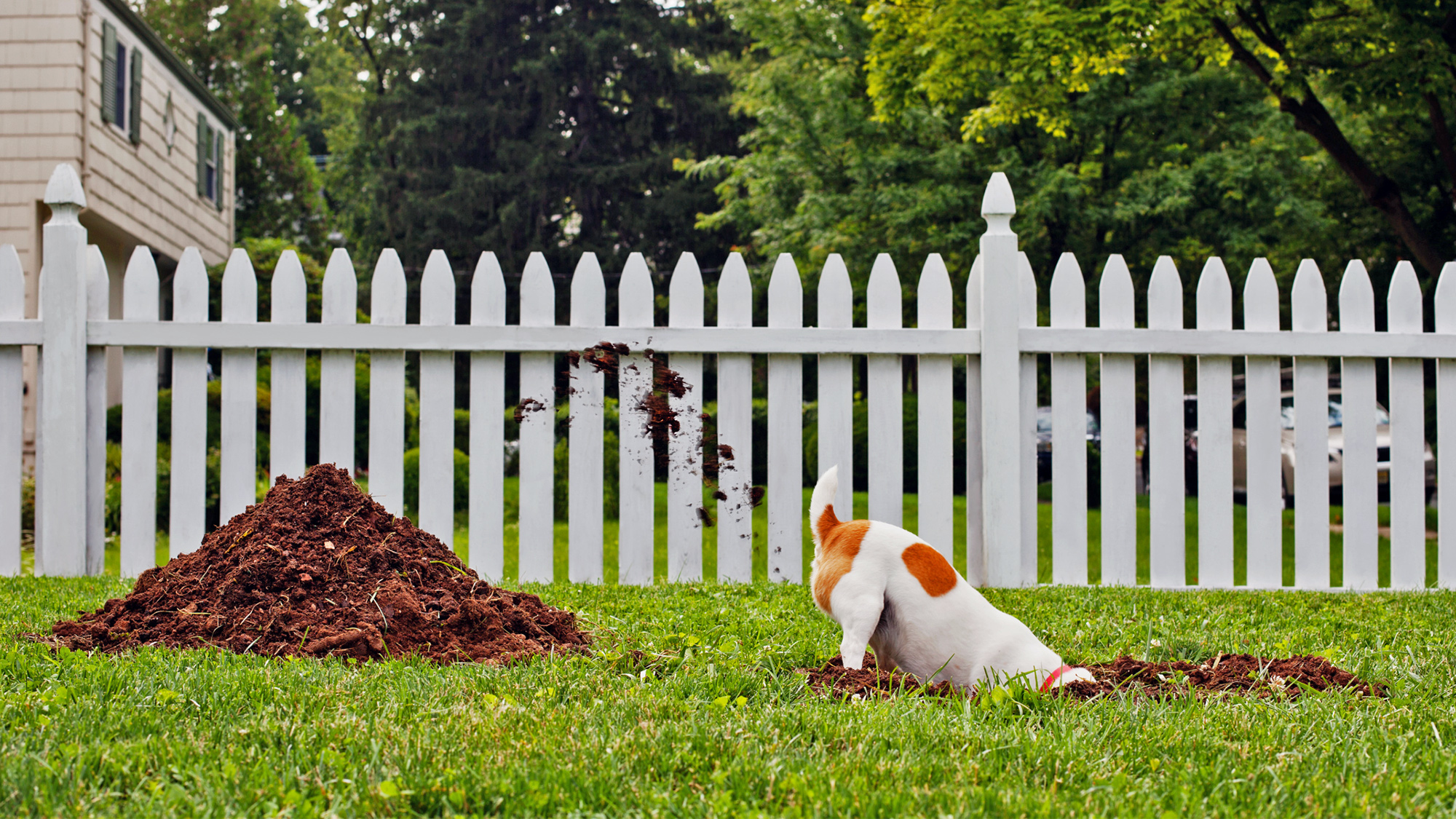
Introduction
Creating a dog yard is essential for any dog owner who wants to provide their furry friend with a safe and enjoyable space to play and relax. A well-designed dog yard not only ensures your dog's safety but also promotes their physical and mental well-being. In this article, we will explore various aspects of designing a dog yard that will keep your canine companion happy and content.
Choosing the Right Location
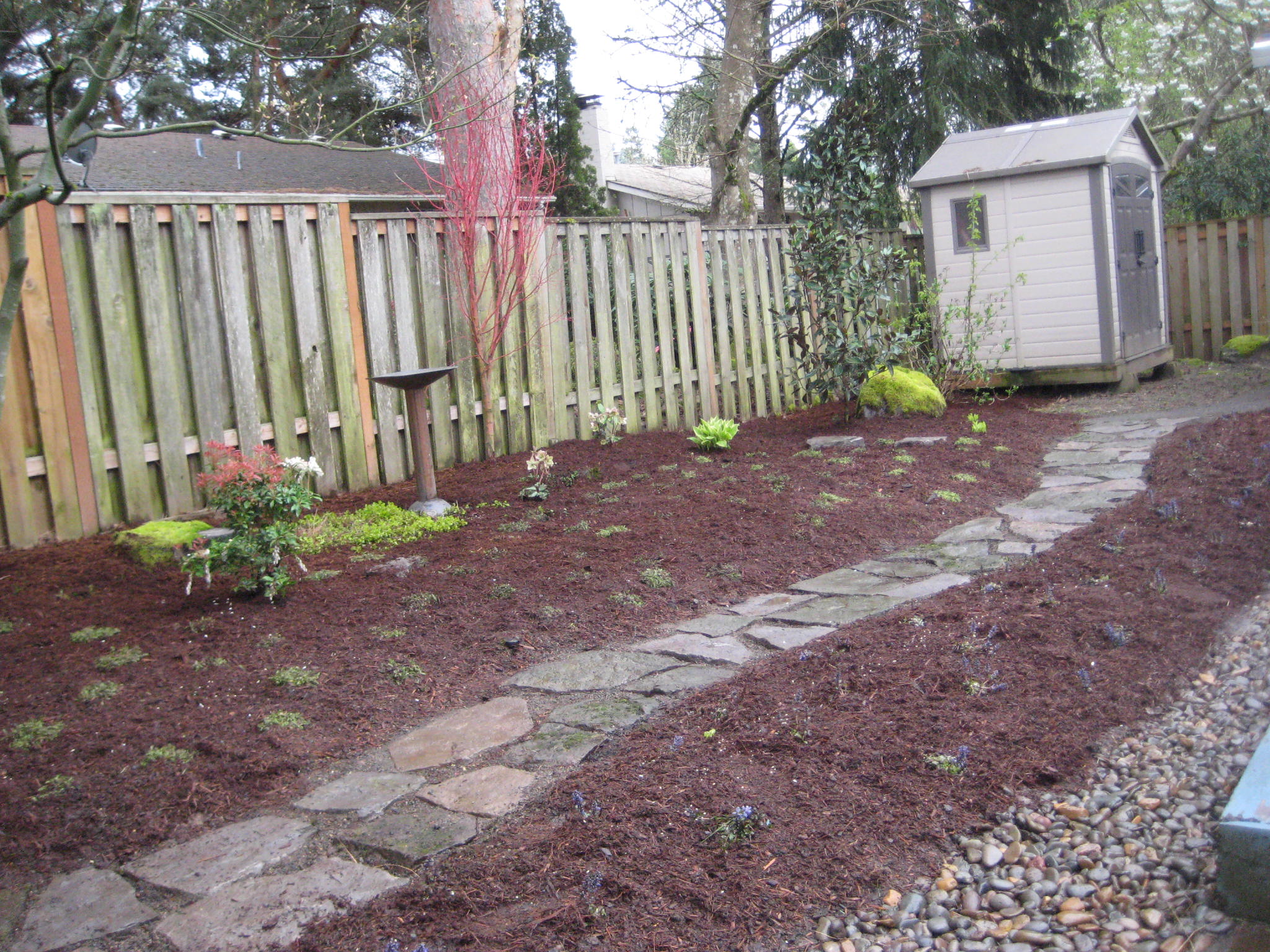
When selecting the location for your dog yard, consider both practicality and your dog's needs. Ideally, choose an area that is easily accessible and close to your home. This allows you to keep an eye on your dog while they are outside. Make sure the location provides a mix of sun and shade, so your dog can enjoy the yard throughout the day without being exposed to excessive heat or cold.
Setting Up Secure Fencing
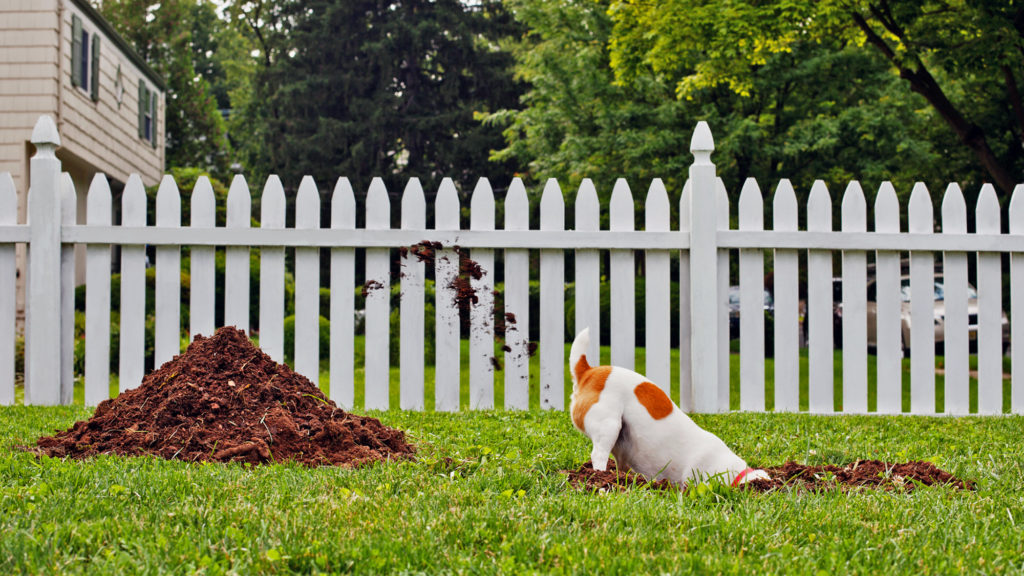
Fencing is crucial to keep your dog safe within the yard and prevent them from wandering off. Choose a sturdy and secure fencing material that is suitable for your dog's size and behavior. Ensure that the fence is high enough to prevent your dog from jumping over and that there are no gaps through which they can squeeze. Regularly inspect the fence for any damages and promptly repair them to maintain its effectiveness.
Providing Ample Space to Roam

Adequate space is essential for your dog to engage in physical activities and burn off energy. The size of the yard should be determined by your dog's breed and activity level. Larger breeds may require more space to run around, while smaller breeds may be content with a smaller area. Ensure there is enough room for your dog to comfortably move, play, and explore their surroundings.
Creating a Dog-Friendly Landscape
.jpg)
Designing a dog-friendly landscape involves selecting appropriate plants, materials, and features that are safe for your dog. Avoid toxic plants that could harm your dog if ingested. Choose grass or ground cover that can withstand your dog's activities and is easy to maintain. Provide shady spots with trees or structures to protect your dog from the sun. Incorporate features like dog-friendly toys, tunnels, or obstacle courses to keep your dog entertained.
Ensuring Proper Drainage
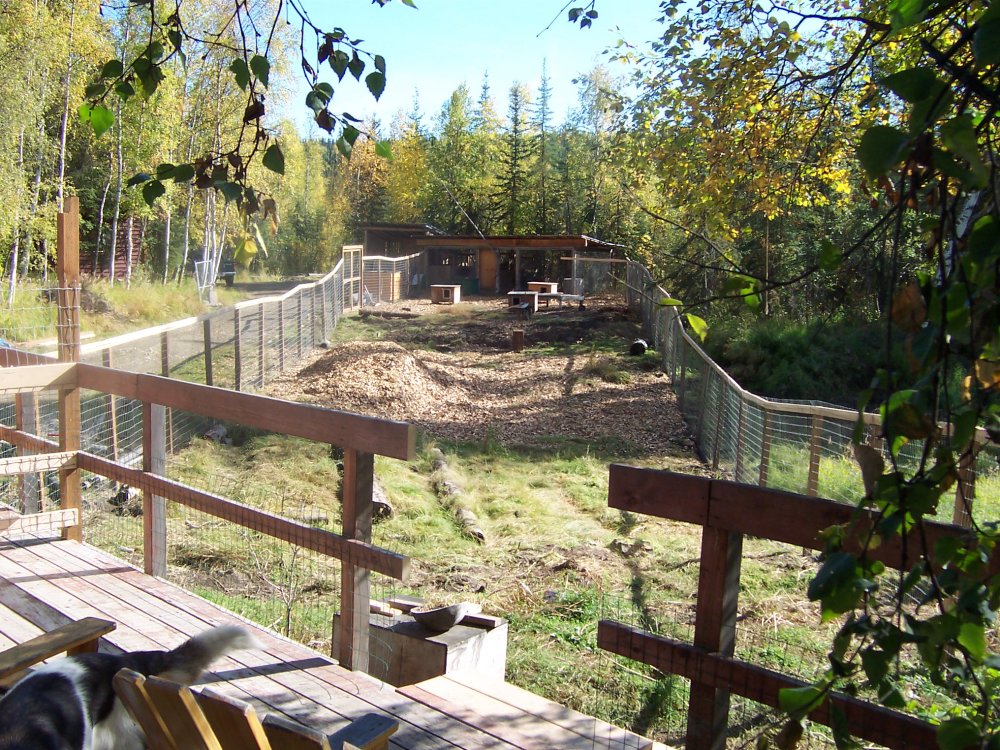
Proper drainage is essential to prevent waterlogging and ensure a clean and hygienic environment for your dog. Avoid areas with poor drainage or standing water, as they can create a breeding ground for mosquitoes and bacteria. Consider installing a drainage system or using permeable materials to allow water to seep through. Regularly clean up any waste to maintain a fresh and healthy yard for your dog.
Providing Shelter and Shade
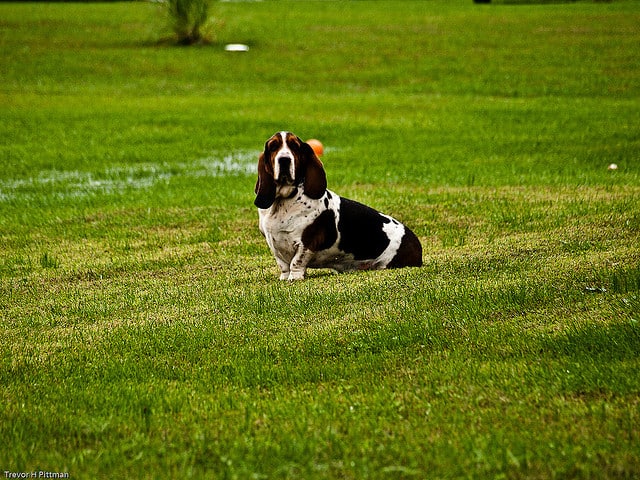
Your dog should have access to shelter and shade in the yard, especially during extreme weather conditions. Install a doghouse or provide a covered area where your dog can seek protection from rain, wind, or intense sun. Ensure that the shelter is well-ventilated and insulated. Additionally, provide movable shade structures or trees that offer shade throughout the day, allowing your dog to relax comfortably outdoors.
Adding Water Stations

Keeping your dog hydrated is crucial, especially during playtime in the yard. Consider installing water stations at various points in the dog yard. Provide clean and fresh water in bowls that are securely placed to avoid tipping over. Regularly refill the water and clean the bowls to ensure your dog always has access to hydration. This is particularly important during hot summer months when dogs are more prone to dehydration.
Creating Play Areas
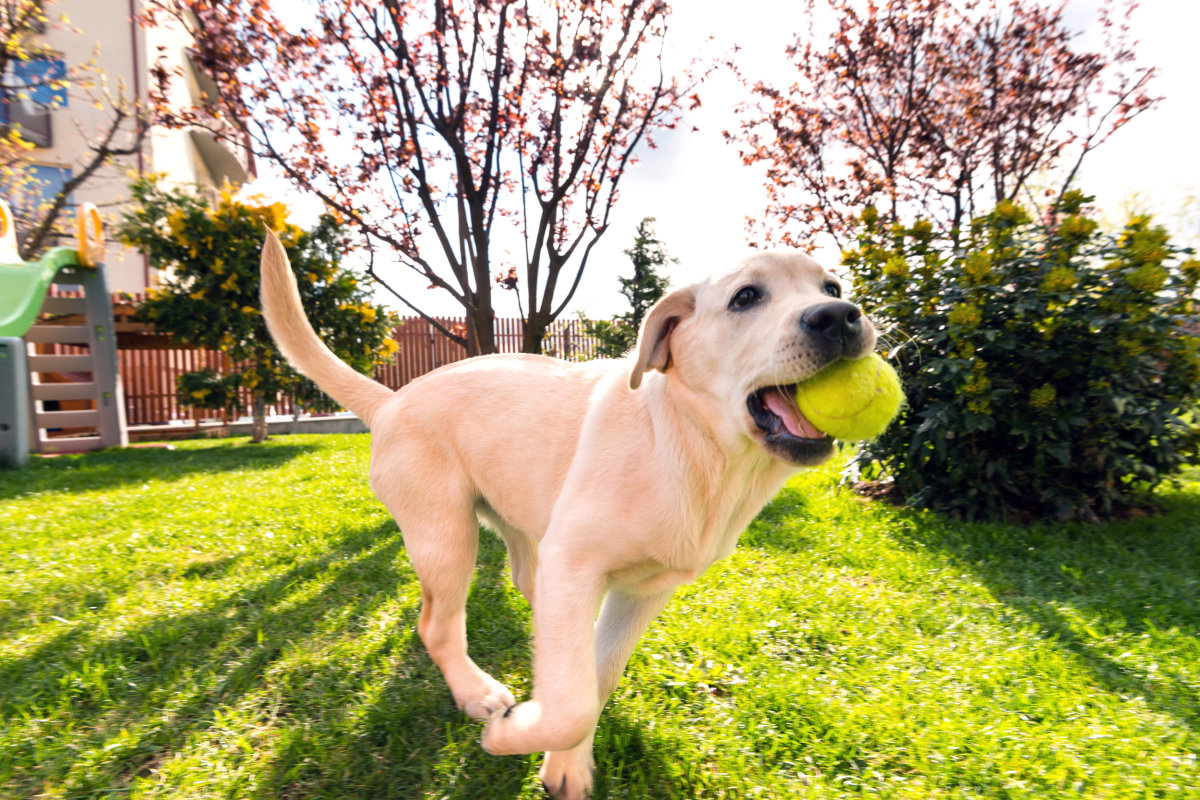
Designate specific areas within the yard for play and fun activities. This could include a soft and safe surface for playing fetch or rolling around. Provide toys designed for outdoor use, such as balls, frisbees, or chew toys. Consider adding an agility course with ramps, tunnels, and hurdles to challenge and stimulate your dog mentally and physically. Regularly rotate and introduce new toys to keep your dog engaged and prevent boredom.
Ensuring Safety Measures

It is essential to take additional safety measures to prevent accidents or injuries in the dog yard. Remove any toxic substances or chemicals that your dog could access and ingest. Securely store gardening tools and equipment to avoid any accidents. Check for any potential hazards, such as sharp objects or loose wires, and remove them promptly. Regularly inspect the yard for any holes or gaps that could pose a risk to your dog's safety.
Maintaining a Clean and Odor-Free Yard
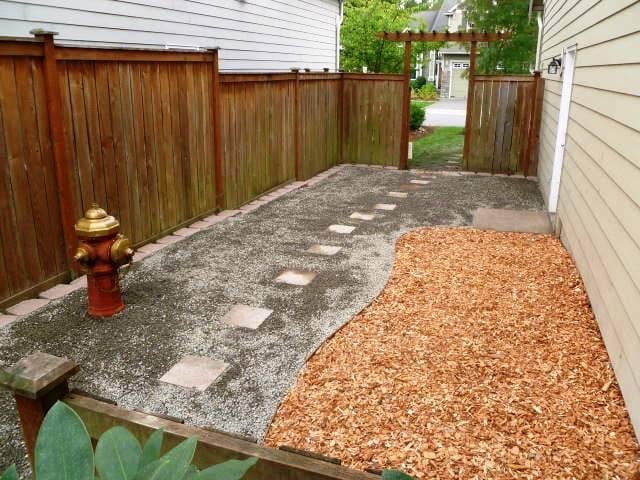
Maintaining cleanliness in the dog yard is essential for your dog's health and well-being. Regularly remove any waste and dispose of it properly. Clean the yard using pet-friendly detergents and disinfectants to eliminate odors and prevent the buildup of bacteria. Trim overgrown vegetation and ensure that the yard is free from potential hiding spots for pests. Regular maintenance will ensure a pleasant environment for both you and your furry friend.
Conclusion
A well-designed dog yard provides a safe and enjoyable space for your dog to play, relax, and explore. By considering factors such as location, fencing, space, landscaping, and safety measures, you can create a dog yard that meets your dog's needs and enhances their overall well-being. Remember to regularly maintain and inspect the yard to ensure it remains a clean and inviting space for your furry friend.